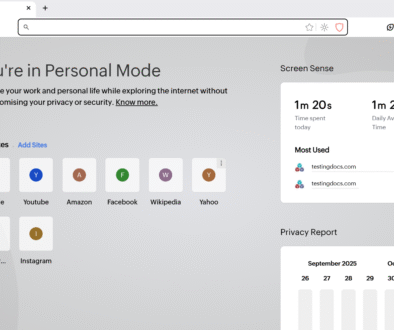Windows 7 Operating System
Windows 7 Operating System
Windows 7 is a popular operating system developed by Microsoft. It was released as the successor to Windows Vista and designed to provide a more user-friendly and performance-oriented computing experience. Whether you’re new to computers or transitioning from an older version, Windows 7 introduced many enhancements that made it easier to work, browse, and play.
What is Windows 7?
Windows 7 is an operating system for personal computers, including home and business desktops, laptops, and tablets. It acts as the middle layer between the user and the computer hardware, allowing users to interact with programs, files, and hardware devices easily. It is known for its improved stability, faster performance, and more intuitive user interface compared to its predecessor, Windows Vista.
Release Date
Windows 7 was officially released to the general public on October 22, 2009.

New Features and Enhancements in Windows 7
- Improved Taskbar: The taskbar was redesigned with larger icons and thumbnail previews for open windows, making multitasking easier.
- Aero Peek and Aero Snap: New desktop management tools allowed users to preview or quickly snap windows to the sides of the screen.
- Faster Boot Times: Compared to Windows Vista, Windows 7 had faster startup and shutdown times.
- Better Device Management: The new “Device Stage” made it simpler to manage connected devices like printers, cameras, and phones.
- HomeGroup: A new feature for creating home networks, allowing easy file and printer sharing among Windows 7 computers.
- Enhanced Search: The search box in the Start menu provided instant search results from files, emails, and applications.
- Touch and Multi-Touch Support: Windows 7 supported touch input for compatible devices, paving the way for touchscreen laptops and monitors.
- Action Center: Centralized location for managing system alerts and maintenance tasks.
Pros of Windows 7
- Stable and reliable performance.
- User-friendly and clean interface.
- Compatible with a wide range of hardware and software.
- Improved security features over previous versions.
- Efficient memory and resource management.
Cons of Windows 7
- Lack of support for modern apps introduced in later versions.
- Limited touchscreen functionality compared to newer Windows versions.
- End of official support from Microsoft as of January 14, 2020.
- No built-in app store for modern apps like Windows 10.
Next Version After Windows 7
Following Windows 7, Microsoft released Windows 8 on October 26, 2012. It introduced a radically new tile-based Start screen and was optimized for touch-screen devices, although it received mixed reviews from traditional desktop users.


